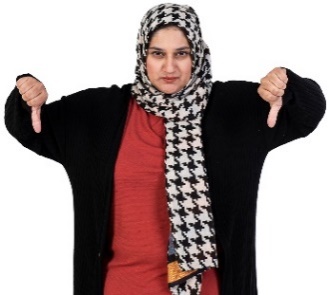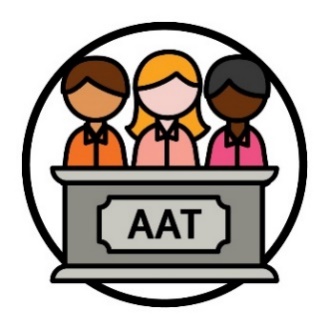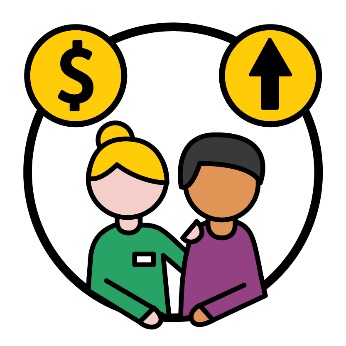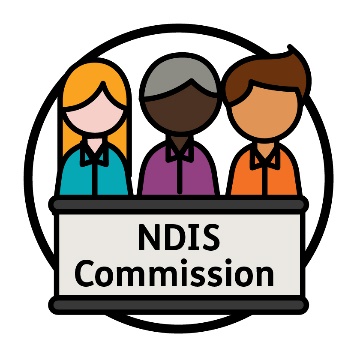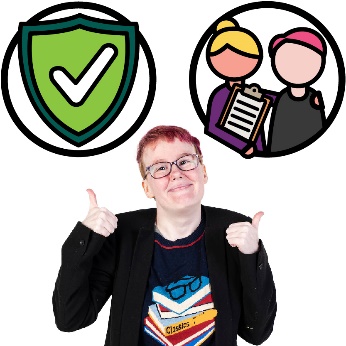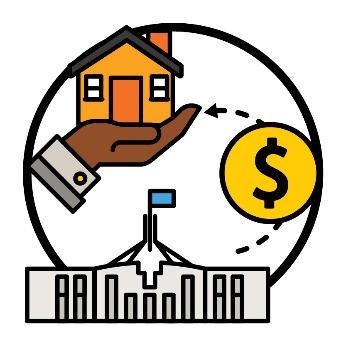Our reports
|
|
The Reference Group connected with the community to find out about issues that affect them. |
|
|
The Reference Group members shared these issues with the NDIA. |
What did the reports talk about?
NDIS access and planning
|
|
Reference Group members explained the NDIA should think about how to support participants to care for themselves in the future. |
||
|
|
Participants are people with disability who take part in the National Disability Insurance Scheme (NDIS). |
||
|
|
For example, ways to support participants who might need to care for themselves because they have older parents. |
||
|
|
The NDIA should think about how to support participants to:
|
||
|
|
Members also explained that the NDIA should think about how to support participants who might want to live on their own. For example, participants with psychosocial disability. |
||
|
|
A psychosocial disability affects your mental health. It can affect how you:
|
||
|
|
Members shared that information about funding isn’t clear. Funding is the money from your plan that pays for the supports and services you need. |
||
|
|
This includes information about what funding can and can’t be used for. |
||
|
|
People with disability want this information to be more accessible. |
||
|
|
When information is accessible, it is easy to:
|
||
NDIS home and living supports
|
|
Reference Group Members shared that the NDIA does not always make the same decisions about home and living supports. |
|||
|
|
This includes when a person lives in specialist disability accommodation (SDA). SDA is housing for people with disability who need extra support most of the time. |
|||
|
|
It also includes supported independent living (SIL). SIL is help with day-to-day tasks around your home so you can:
|
|||
|
|
Members shared that people who use SIL don’t have enough choice and control. |
|||
|
|
Members also shared that participants don’t always get to choose how they use their core supports. Your core supports are the supports and services you need and use the most. |
|||
|
|
Members explained that the NDIA tells some participants who have assistance dogs that they need to live in SDA. |
|||
|
|
This happens even when participants want to rent a place to live where they have the supports they need. Rent is the money you pay to live in a home someone else owns. |
|||
|
|
Members explained that some people with disability are sleeping in their wheelchairs. And that this happens even when they have more than one provider. |
|||
|
|
Providers support people with disability by delivering a service. |
|||
|
|
Members also explained that some disability housing providers don’t always do the right thing. |
|||
|
|
For example, they don’t always look for participants who need housing the most. |
|||
|
|
Members shared it’s very hard for some participants who get SIL funding to find a house to rent long-term. |
|||
|
|
When participants have to move house a lot, it affects how they live their life. |
|||
|
|
Members also shared there is not enough good housing for people with psychosocial disability. |
|||
|
|
Members explained that the NDIA should look at the risk people with disability have of becoming homeless. |
|||
|
|
People who are homeless do not have a home. They must find a place to sleep each night. |
|||
|
|
And that the NDIA should work with others to help fix this issue. This includes working with:
|
|||
|
|
Members shared that more parts of the NDIA should work together to improve home and living supports. |
|||
NDIS services and supports
|
|
Reference Group members shared that different types of supports should work together to help people when they leave hospital. |
|
|
|
Members explained that some people with disability feel like they have to agree with the Administrative Appeals Tribunal (AAT). Even when they don’t think the AAT is right. |
|
|
|
The AAT is a government organisation that is separate from the NDIS. They review decisions about:
|
|
|
|
Members shared that some providers charge participants more money for services than they should. |
|
|
|
They want the NDIA to do more to stop this from happening. |
|
|
|
And they also want the NDIS Quality and Safeguards Commission to do more too. We just call them the NDIS Commission. |
|
|
|
The NDIS Commission makes sure people who take part in the NDIS:
|
|
|
|
Members shared that there should be more information about how much money the Australian Government plans to give SDA supports. |
|































